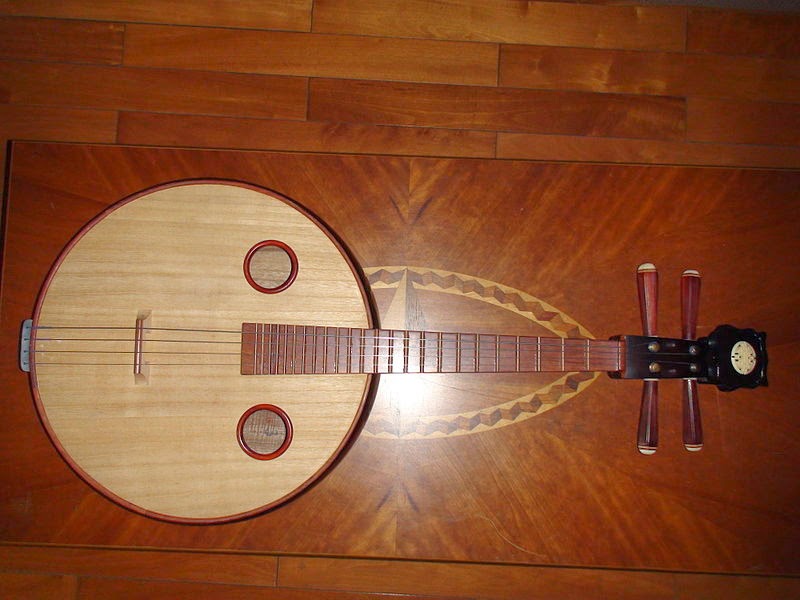So a week ago Taiwan was shocked by an incident that took place on the MRT. A young man (a boy really) aged 20 or 21 boarded the last car of a train. Once the train had left the station he produced two knives and began walking down the cars, stabbing people. There were four casualties. When the train arrived at the next station he alighted and continued to wander around the station, menacing people. "Wander" is the right word here. He wasn't running, nor was he trying to find ways to escape. He knew he would eventually be caught and was fully conscious of what he was doing.


For Taiwan this truly was a shocking event. Nothing on this scale has happened in a very long time. To a places like Britain, South Africa, Libya, North Korea, the USA (and every country the USA has invaded) four deaths may seem inconsequential, paltry even. No one there would bat an eyelid.
In Taiwan, however, there's very little violence. The crime that exists is mostly white-collar crime in the region of fraud or embezzlements. Violence tends to take the form of passive-aggressiveness.
In Taiwan, however, there's very little violence. The crime that exists is mostly white-collar crime in the region of fraud or embezzlements. Violence tends to take the form of passive-aggressiveness.

This youth was eventually disarmed by an old man with an umbrella and a few security guards. While being arrested and hauled away he kept asking the guards if he'd get the death penalty.

This youth clearly wanted to shock people and he'd wanted to do so for a while now. Subsequent investigations into his life showed that he'd been saying he'd like to kill people for a few years. He'd also wanted to do "something big".
What annoyed me most about this incident was the media. They jumped on the bandwagon with all the wrong notions. The main media story - which can be found on Youtube, along with some footage from the event - that was played over and over kept mentioning that he was a fan of violent video games.
So what?
Many people play games - violent or otherwise - and it has no affect on them. More people get violent about sports teams, but you don't see them being called into question; probably because they make people too much money. Games are an easy scapegoat, as are music, clothing trends and just about any other fringe interest.
More importantly, the main problem is that people are trying to find causes for his actions without looking at the obvious. Every time an event like this happens anywhere in the world, the media descends to make a huge deal out of it. That's what the assailants want - they wish to be known, to be famous even if only through infamy. They want to be remembered and the only way to do that is to make a huge scene. If it's been done before, then they have to try even harder to be better than the scene before. It's disgusting and it gets boosted to media coverage.
It was after that that I found this article. Strictly speaking this article is about killings in school, but the motivations and causes behind them are the same. The whole article is worth reading, but here's a brief summary of the main point:
When a person goes on a murdering spree, this is what happens.
"Gun control gets the headlines. Mental health care gets the headlines. Violence and video games and misogyny and internet forums and atheism — the list is endless at this point.
Here’s what doesn’t get the headlines: Empathy. Listening to those around you. Even if you don’t like them very much.
Despite being relevant and important discussions, the glamorous headlines are ultimately distractions — they just feed into the carnage and the attention and the fame the killer desired. They are distractions from what is right in front of you and me and the victims of tomorrow’s shooting: people who need help. And while we’re all fighting over whose pet cause is more right and more true and more noble, there’s likely another young man out there, maybe suicidally depressed, maybe paranoid and delusional, maybe a psychopath, and he’s researching guns and bombs and mapping out schools and recording videos and thinking every day about the anger and hate he feels for this world."
A link to the full article
 A pipa
A pipa


 A dizi
A dizi A huqin
A huqin A sanxian
A sanxian  A sheng
A sheng